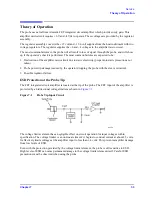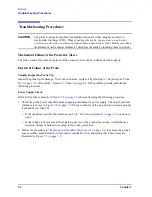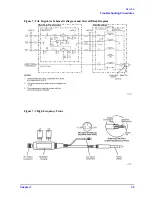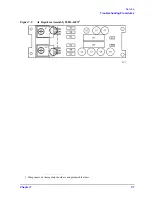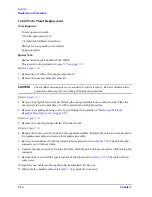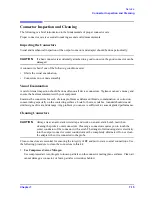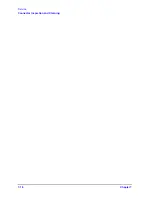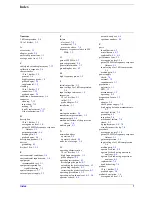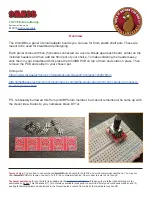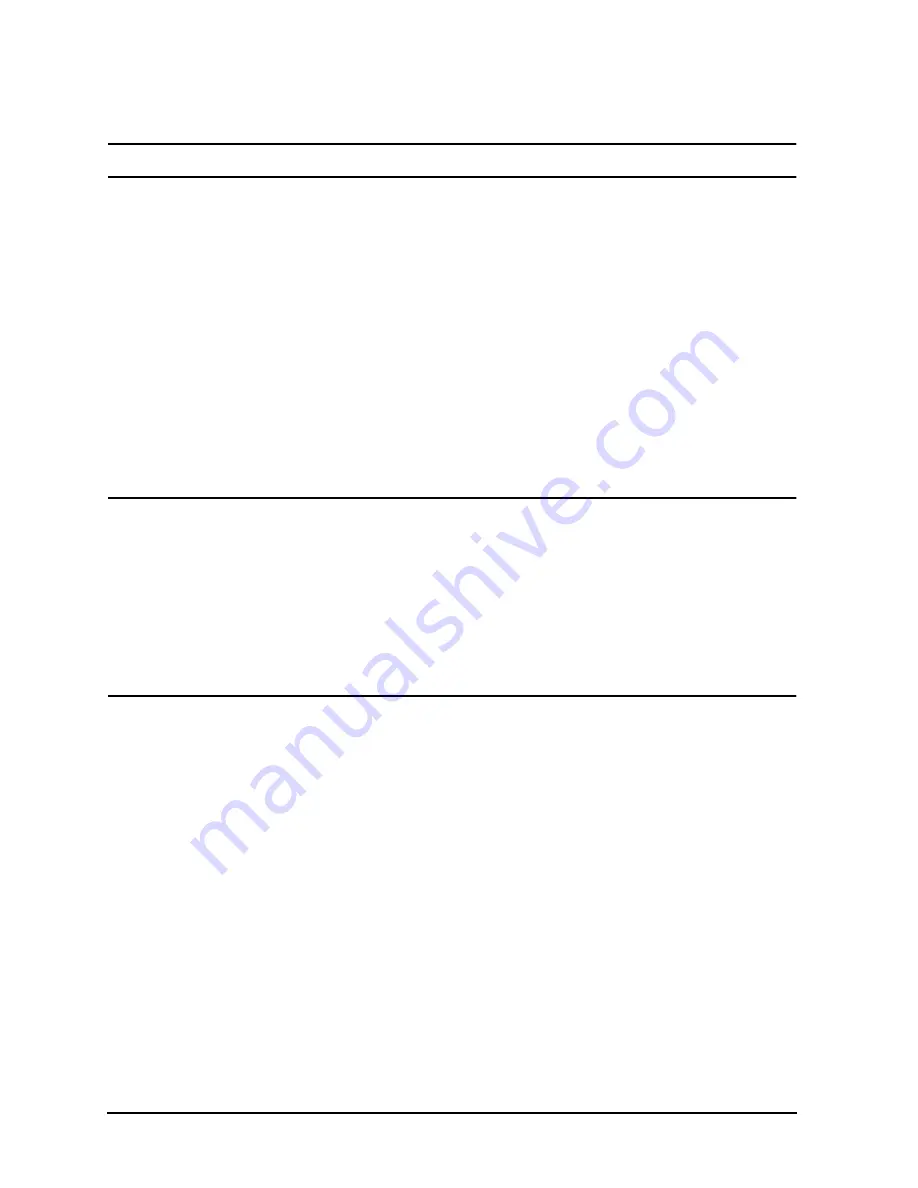
7-16
Chapter 7
Service
Connector Inspection and Cleaning
WARNING
Always use protective eyewear when using compressed air or nitrogen.
You can use any source of clean, dry, low-pressure compressed air or nitrogen that has an effective
oil-vapor filter and liquid condensation trap placed just before the outlet hose. Ground the hose
nozzle to prevent electrostatic discharge, and set the air pressure to less than 414 kPa (60 psi) to
control the velocity of the air stream. High-velocity streams of compressed air can cause electrostatic
effects when directed into a connector.
2.
Clean the Connector Threads
Use a lint-free swab or cleaning cloth moistened with isopropyl alcohol to remove any dirt or
stubborn contaminants on a connector that cannot be removed with compressed air or nitrogen.
a. Apply a small amount of isopropyl alcohol to the lint-free cleaning swab.
b. Clean the connector threads.
c. Let the alcohol evaporate, then blow the threads dry with a gentle stream of clean, low-pressure
compressed air or nitrogen.
WARNING
Isopropyl alcohol is extremely flammable, causes irritation, may cause eye damage,
and is harmful if swallowed or inhaled. It may be harmful if absorbed through the
skin. Keep away from heat, sparks, and flame. Avoid contact with eyes, skin,
clothing. Avoid breathing vapor. Keep in tightly closed container. Use with adequate
ventilation. Wash thoroughly after handling. In case of fire, use alcohol foam, dry
chemical, or carbon dioxide: water may be ineffective. In case of spill, soak up with
sand or earth. Flush spill area with water.
Dispose of isopropyl alcohol in accordance with all applicable federal, state, and
local environmental regulations
3.
Clean the Mating Plane Surfaces
Apply a small amount of isopropyl alcohol to a new swab and clean the center and outer conductor
mating plane surfaces. When cleaning a female connector, avoid snagging the swab on the center
conductor contact fingers by using short strokes.
4.
Dry the Connector
After cleaning, blow the connector dry with a gentle stream of clean compressed air or nitrogen.
Always completely dry a connector before you reassemble or use it.
5.
Reinspect
Inspect the connector again to make sure that no particles or residue are present.
Summary of Contents for 85024A
Page 4: ...iv ...
Page 7: ...1 1 1 General Information ...
Page 13: ...2 1 2 Accessories ...
Page 19: ...3 1 3 Installation ...
Page 24: ...3 6 Chapter3 Installation Returning the Product for Service ...
Page 25: ...4 1 4 Operation ...
Page 30: ...4 6 Chapter4 Operation Operator s Check ...
Page 31: ...5 1 5 Performance Tests ...
Page 40: ...5 10 Chapter5 Performance Tests Average Noise Level ...
Page 41: ...6 1 6 Replaceable Parts ...
Page 46: ...6 6 Chapter6 Replaceable Parts Parts Lists ...
Page 47: ...7 1 7 Service ...
Page 60: ...7 14 Chapter7 Service Replacement Procedure Figure 7 11 Regulator Parts and Wiring ...
Page 64: ...7 18 Chapter7 Service Connector Inspection and Cleaning ...


